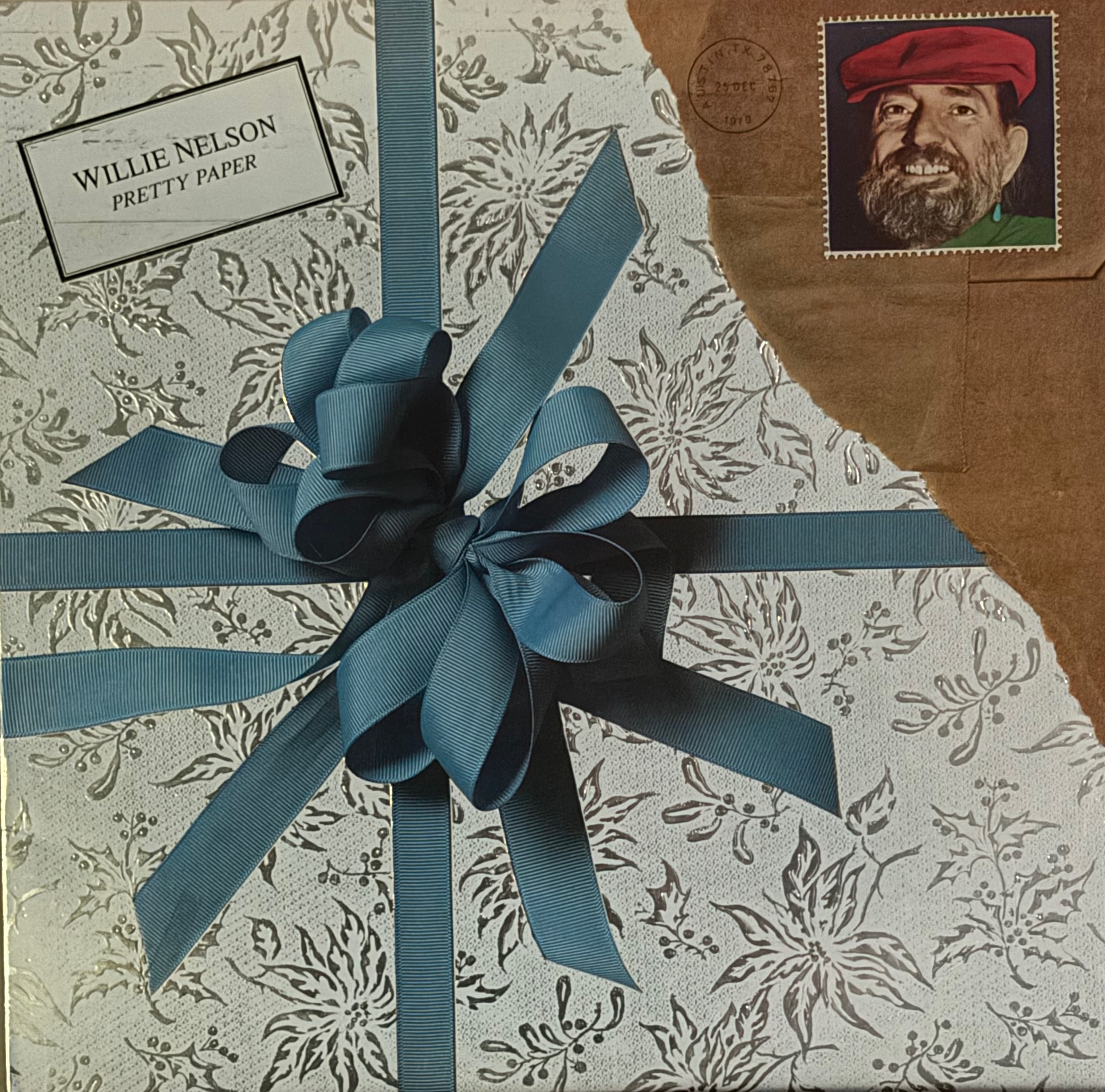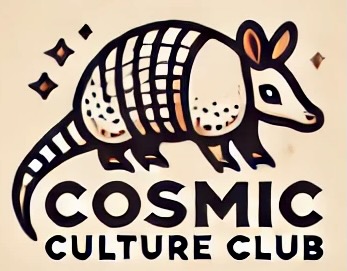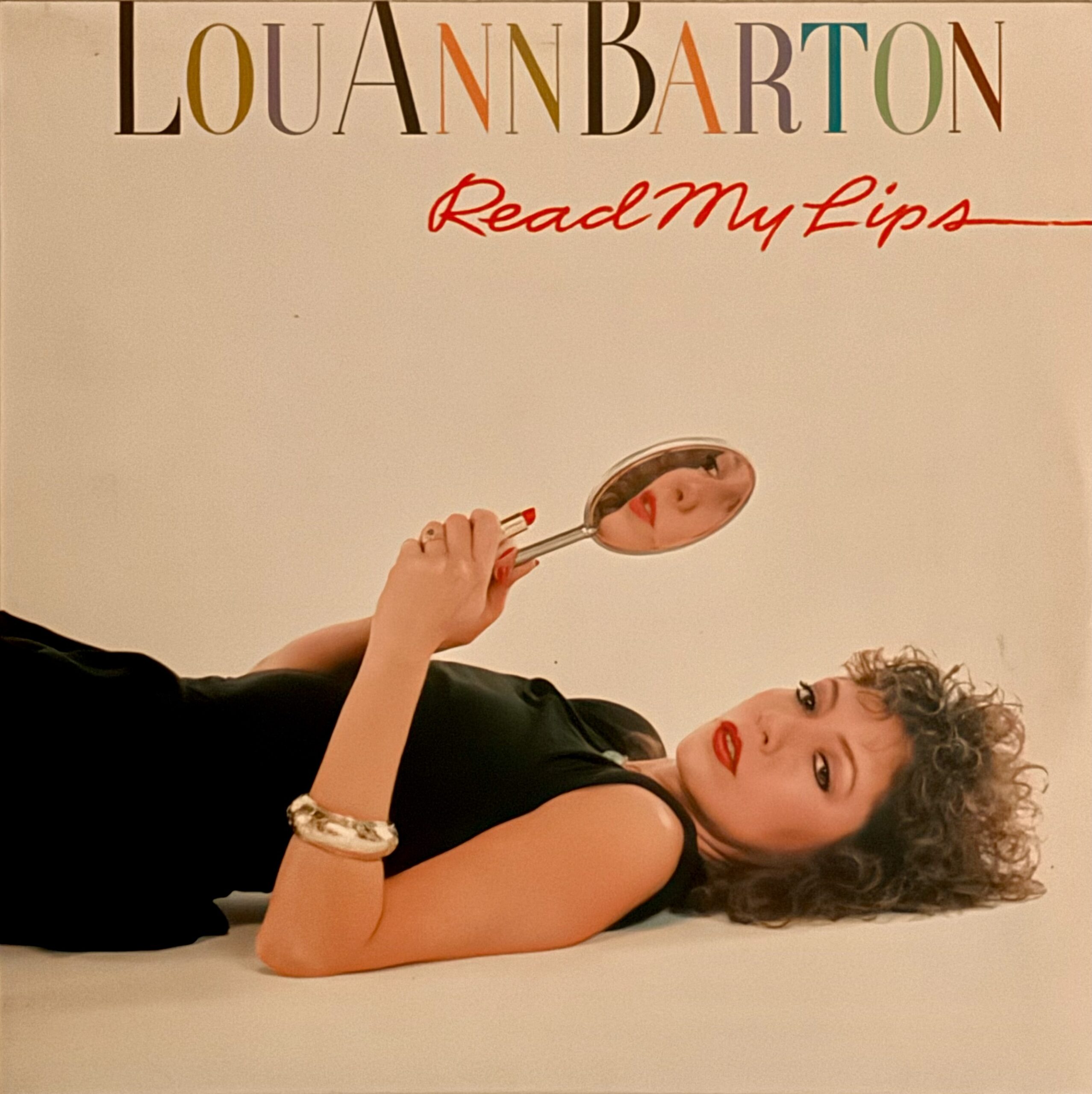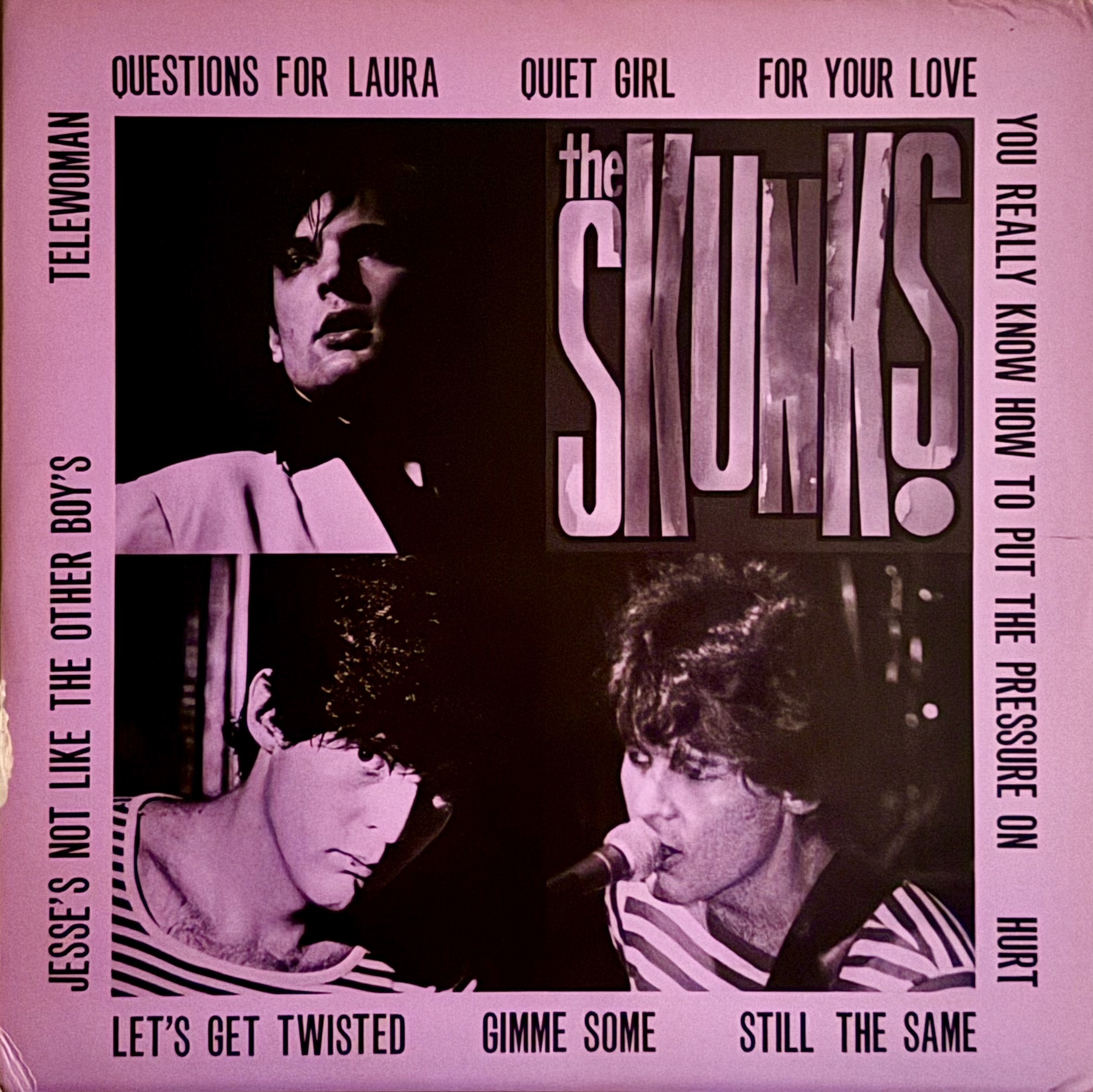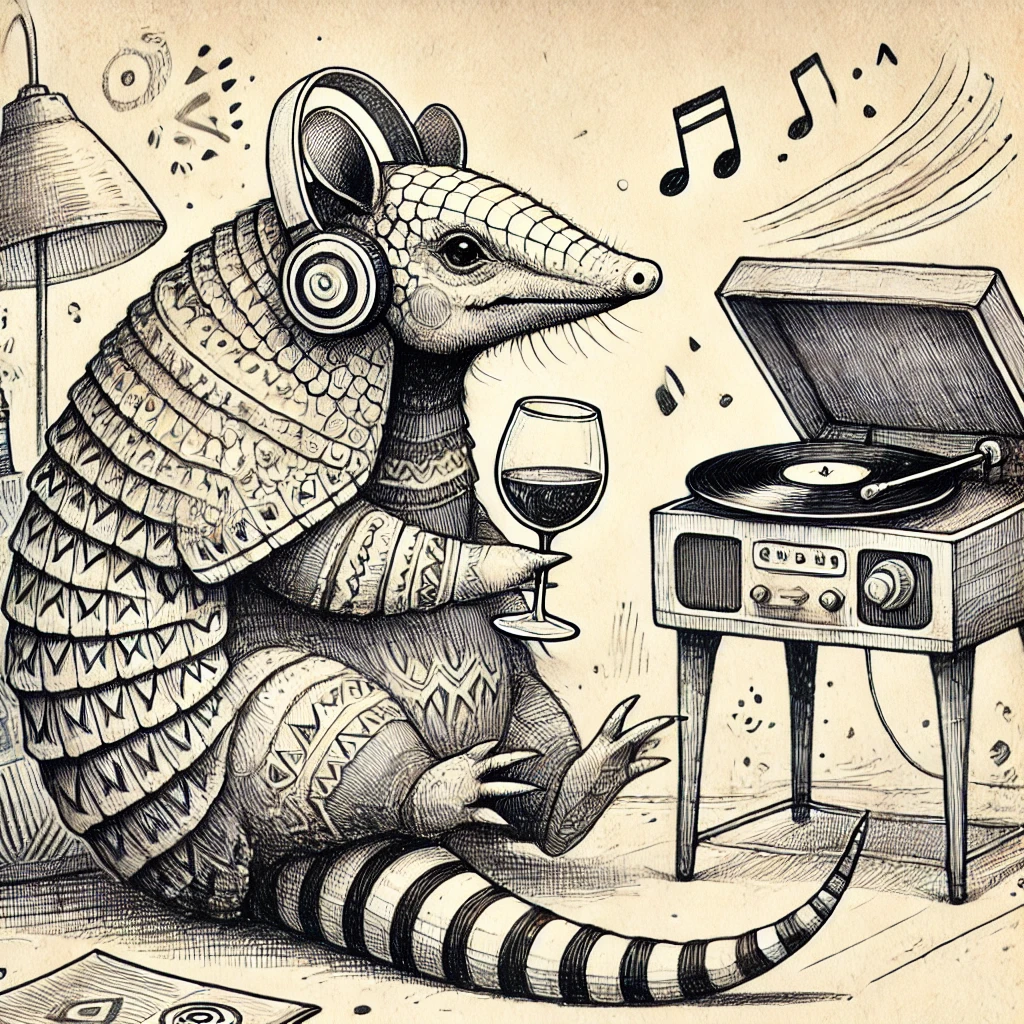Willie Nelson
Overview
Willie Nelson wrote “Pretty Paper” in 1963, but the inspiration came from his time in Fort Worth several years before that. On his way to work he would pass a disabled man selling “Pretty Paper, Pretty Ribbons” as he crawled along the sidewalk outside Leonard’s department store. He was crippled since childhood due to a spinal disorder, but refused a wheelchair or government assistance. Instead, he crafted knee pads made from old car tires and wore thick gloves to push himself along the sidewalk while selling his wares. One Christmas Eve Willie intended to buy paper from the man when he finished his last minute shopping, but a snowstorm blew in and he couldn’t locate the vendor when he exited the store. The two never met, but the memory remained with Nelson.
Roy Orbison was the first to popularize the song. Then, Willie released it as a single in 1964, but it wasn’t until 1979 that he released a full-fledged Christmas album. The platinum selling album was the last one released by Willie Nelson in the seventies. Other than the lone original, it’s a collection of Christmas songs ranging from “Frosty the Snowman” to “Silent Night” – and hitting most of the standards in between.
Vibe
The album pulls from the songbook of the neighborhood charoling troupe. Many of the songs border on cheesy and child-like – looking at you “Rudolph the Red Nosed Reindeer” and “Frosty the Snowman” – but Willie sings them in a way that’s comforting. It’s like your grandfather leading a sing-a-long around the family Christmas tree, if your grandfather happens to be the most accomplished singer-songwriter to come out of Texas.
Companion Album
Christmas is a time for friends and family, and Kacey and Willie is one of the most heartwarming friendships in country music. Although Willie has seen his Saturn return three full times verses Kacey’s single rotation the two hit it off and enjoy swapping songs. Besides that connection, there is never a bad time to play Golden Hour, so might as well drop it on the turntable now.
Coquito
A Coquito is a decadent Puerto Rican rum cocktail. It has the same rich flavors as Eggnog (it is often referred to as a Puerto Rican eggnog) but relies on coconut for the richness and the recipe does not call for a single egg. It is best when made in advance and allowed to mature in the fridge for 2-3 days.
Ingredients
- 2 c. white rum
- 3 cans evaporated milk
- 1 15-oz. can cream of coconut
- 1 can condensed milk
- 3 cinnamon sticks
- Nutmeg (for garnish)
Directions
- Blend rum, evaporated milk, and cream of coconut in a high speed blender for two minutes.
- Pour into an empty bottle and add cinnamon sticks. Refrigerate for at least four hours, but preferably two to three days.
- Serve cold garnished with a dusting of nutmeg.
